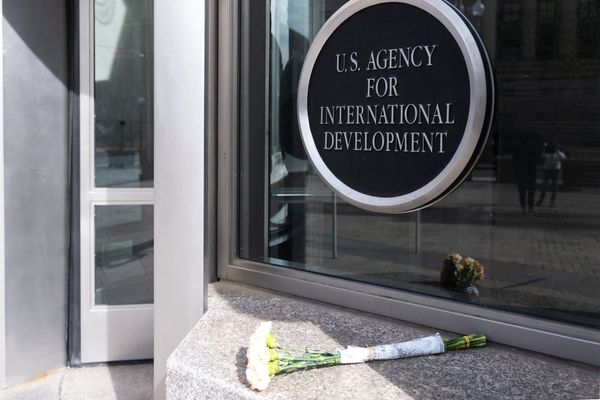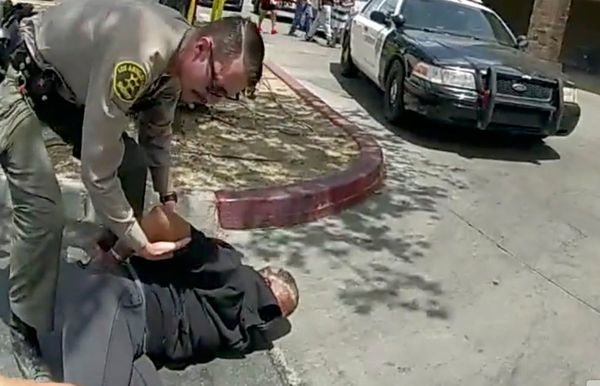A new map of Liverpool has been confirmed with major changes to the make-up of the city.
Final plans have now been decided that will see the city broken up into different wards. Many people will find themselves living in new areas with new names.
The ECHO first reported proposals to change the electoral map of the city back in December. The changes form part of the council's improvement plan following last year's shocking government inspection report, which lifted the lid on a host of failures in how the city had been run. The remapping of the city is seen as a key measure in Liverpool's improvement journey.
READ MORE: Aldi worker blamed partner's asthma for launching flare at referee
In his damning inspection report, government inspector Max Caller said Liverpool must redraw its electoral map, reduce the number of councillors in the city and create far more wards that are represented by just one elected councillor in a bid to provide greater accountability. He also said the council must change its system of elections to all out votes every four years.
At present, Liverpool is split up into thirty electoral wards, represented by 90 councillors - with three councillors elected in each ward. Previously, a third of all council seats would be elected in three of every four years. Under the new electoral system, there will be one Liverpool Council election every four years - starting next May - where all of the council's seats will be up for grabs.
The council has been working with the Local Government Boundary Commission for England (LGBCE) over the plans for a new electoral map. There have been a number of changes made to the plans across the past 10 months, but now the final plans are in place. They will now be brought before Parliament and will come into force from next May's elections.
The final map will see Liverpool divided up into 64 wards. Within this there will be 46 wards represented by just one councillor. There will be 15 areas represented by two councillors and just three larger areas that will be represented by three elected city councillors. The plan will see each councillor representing an average of 4,300 residents.
We have broken the plans down into regions across the city, with maps for each region. The numbers on the maps correspond with the listed ward names, so you can work out which area of the city you or others will be based in.
North West
In the north west of the city, there will be four wards that are represented by two councillors. These will be Anfield (3) - including the home of Liverpool FC - and the bordering County ward (16).
The other larger two-member wards will be Walton (2) and Vauxhall (2).
The rest of the north west of the city will be broken up into 10 smaller, single-member wards. They will be Everton East (21), Everton North (22), Everton West (23), Kirkdale East (33), Kirkdale West (34), Orrell Park (41), Stoneycroft (50), Tuebrook Brekside Park (52), Tuebrook Larkhill (53) and a new Waterfront North ward (56).
North East
In the north east of the city, there will be one of only three, three-member wards in the form of the larger Norris Green (38) area. A two-member ward will be created in Yew Tree (64).
The rest of the area will be split into 12 single-member wards. They will be Clubmoor East (14), Clubmoor West (15), Croxteth (17), Croxteth Country Park (18), Fazakerley East (24), Fazakerley North (25), Fazakerley West (26), Knotty Ash and Dovecot Park (35), Sandfield Park (44), West Derby Deysbrook (60), West Derby Leyfield (61) and West Derby Muirhead (62).
Central West
The Central West area of the city contains a number of newly formed city centre wards. This includes a planned three-member ward called City Centre South and a two-member City Centre North ward (12).
Also covering the city centre will be a two-member ward called Brownlow Hill (7) and another two-member ward called Canning (9). The southern end of the waterfront will become a single-member Waterfront South ward (57).
Other single-member wards in this part of the city will include Arundel (4), Dingle (19), Princes Park (43) and Toxteth (51).
Central East
This area of the city includes places on the outskirts of the city centre moving eastwards. Kensington and Fairfield (32) will be one of the few three-member wards in the city. A two-member ward called Smithdown (46) will be formed in the well known student district of Wavertree.
Elsewhere there will be new single-member wards formed in Broadgreen (6), Church (11), Edge Hill (20), Old Swan East (39), Old Swan West (40), Penny Lane (42), Wavertree Garden Suburb (58) and Wavertree Village (59).
South West
Moving to the south west area of the city and there will be just two larger two-member wards here. They will be Garston (28) and Speke (47).
The remaining area will be split into single-councillor wards. These include Aigburth (1), Festival Gardens (27), Grassendale and Cressington (30), Greenbank Park (31), Mossley Hill (36), Sefton Park (45) and St Michaels (49).
South East
Finally to the south east of Liverpool, where three larger double-member wards will be created in Belle Vale (5), Childwall (10) and the new Much Woolton and Hunts Cross (37) ward.
The rest of this region will be broken up into single-member wards. They will be Allerton (2), Calderstones (8), Gateacre (29), Springwood (48) and Woolton Village (63).
What happens now?
The Local Government Boundary Commission for England has now completed its review of Liverpool City Council. The final recommendations must now be approved by Parliament. A draft order - the legal document which brings into force the recommendations - will be laid in Parliament. Subject to parliamentary scrutiny, the new electoral arrangements will come into force at the local elections in 2023.
You can read more about the changes here.
READ NEXT:
Man stabbed ex's mum 22 times and tried to run her over with his car
Man in his 20s dies after motorbike and Audi crash
Dad choked to death in flat after woman spotted crawling naked and covered in blood
Aldi worker blamed partner's asthma for launching flare at referee







